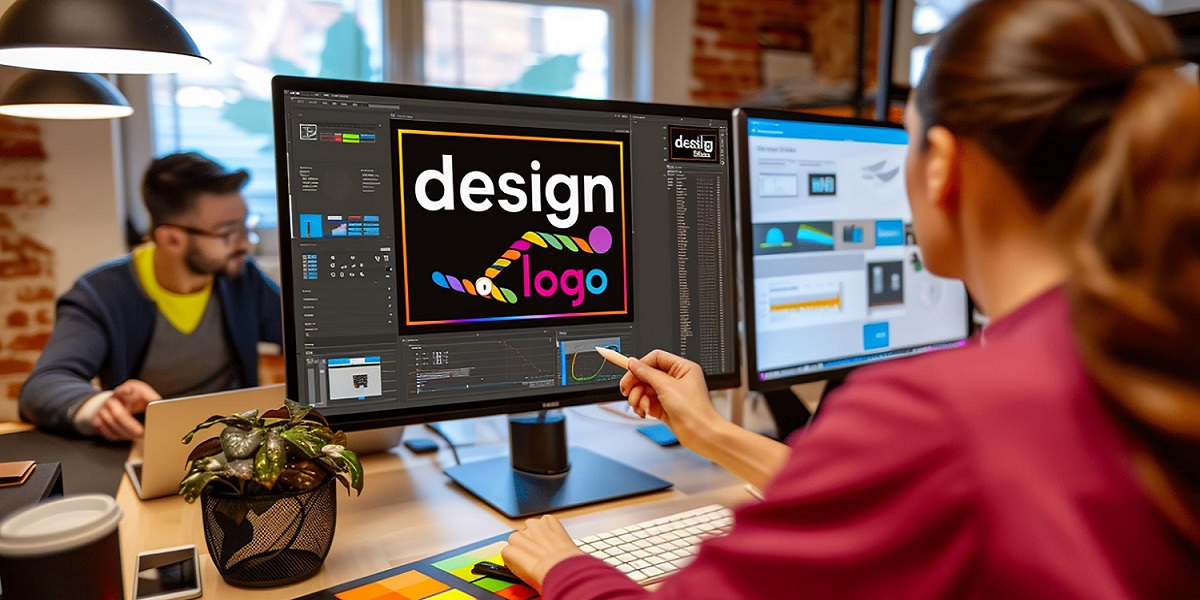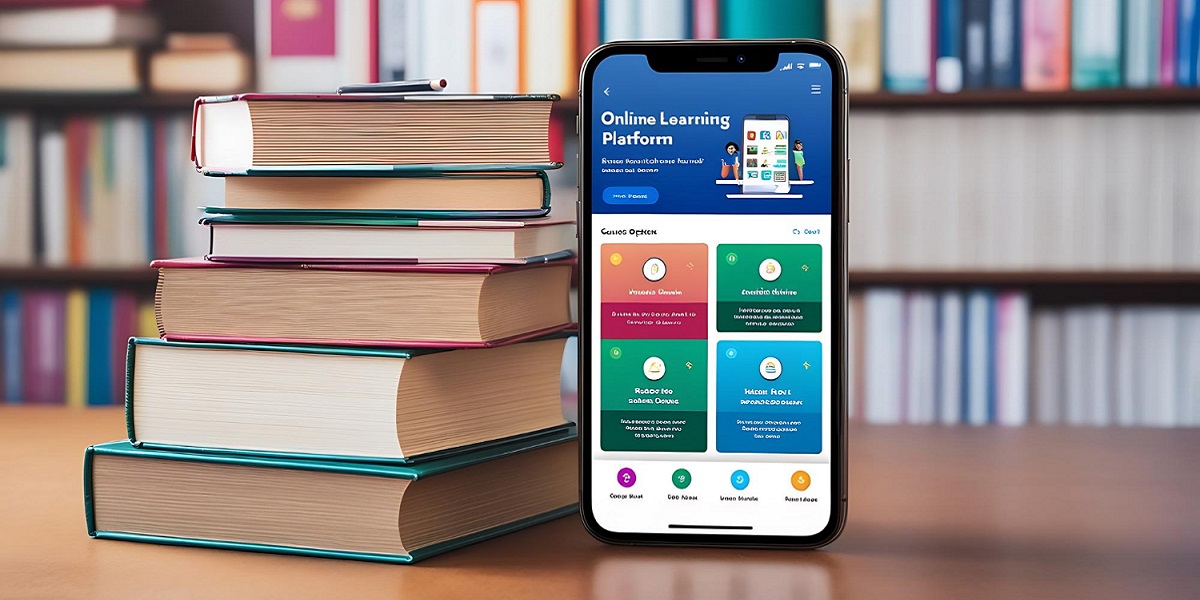
The Psychology Behind Rebranding: When Is It Time to Change Your Logo?
- By Victoria Maybakh
- 16-09-2025
- Trends
I’ve seen hundreds of brands change their logos—some evolve subtly, some radically. But only a few of those redesigns made sense strategically. Most were driven by panic, ego, or the belief that being modern means erasing the past. In this guide, I want to explain what actually happens in the mind of a customer when you change your logo—and more importantly, when you should (and shouldn’t) consider rebranding at all.
Why Rebranding Isn’t Just a Design Decision
People don’t buy logos. They buy stories, trust, and familiarity. Your logo is only a symbol—but it’s a loaded one. Over time, it accumulates meaning, both rational and emotional. That’s why changing it is dangerous. Done wrong, it’s like giving someone you love a new face and expecting them to instantly recognize you.
Yet sticking with an outdated identity can signal complacency. The key is knowing when the story your logo tells no longer matches your audience’s expectations—or your own business reality.
- Expert Insight: I’ve worked with founders who feared that redesigning their logo would “confuse customers.” My counter-question is always: What’s more confusing—an outdated logo or a brand that no longer reflects who you are?
5 Psychological Triggers That Signal It Might Be Time
Understanding why people emotionally attach to visuals can help you spot when that attachment turns into a liability.
1. Cognitive Dissonance Between Image and Experience
When your logo says one thing, but the customer experience says another, it creates psychological discomfort. For example, a logo that looks DIY while the product feels premium makes people doubt your professionalism.
2. Erosion of Relevance
If your logo was designed 10+ years ago and reflects trends from that era, it could feel tone-deaf to modern sensibilities. Rounded gradients and dated color palettes create a subtle “this brand isn’t keeping up” impression.
3. Loss of Emotional Resonance
As your audience evolves, their aesthetic preferences do too. What once felt “inspiring” might now feel cold or generic. When brand surveys show declining emotional connection, your logo might be the culprit.
4. Mismatch After a Strategic Pivot
Maybe you started as a handmade soap business and now operate a DTC wellness brand. If your visual identity still screams ‘craft market’, you’re anchoring perception in the past.
5. Brand Confusion or Legal Issues
If your logo resembles another company’s or creates confusion in international markets, change isn’t optional. It’s survival.
Real-World Rebranding Examples (Success and Failure)
Slack: Evolution Done Right
Slack kept the core spirit of its original logo but eliminated ambiguity. The new symbol is cleaner, better aligned with the product UI, and easier to reproduce. Importantly, it wasn’t disruptive—it felt like growth.
Tropicana: A Masterclass in What Not to Do
When Tropicana redesigned its packaging in 2009, sales dropped 20% in a month. Why? Customers couldn’t find their favorite product. The redesign erased key visual cues. It ignored customer memory.
Airbnb: Changing the Narrative
Airbnb’s controversial ‘Belo’ symbol initially faced backlash. But over time, the brand reinforced its meaning through consistent storytelling. The change stuck because it was more than aesthetic—it was strategic.
- Expert Advice: Never change your logo in isolation. Rebranding is successful only when the visual update is supported by messaging, product consistency, and customer communication.
Internal Questions Before Making the Leap
You don’t need a brand strategist to tell you the answer—you need better questions. Here’s the checklist I use with clients:
- Has our audience changed significantly in the last 2–3 years?
- Does our logo reflect our current values and mission?
- Are we expanding to new markets that demand different visual codes?
- Do internal teams feel our current brand supports their work?
- Are we rebranding just because the competition did?
If you answered “yes” to the last question, stop. That’s the wrong reason.
How to Approach a Logo Redesign Without Losing Brand Equity
Too often, companies throw everything out and start from scratch. This triggers alienation and distrust.
Step 1: Audit What Works
Which visual elements are recognizable? Colors? Typography? Iconography? Keep them as anchors unless they conflict with your new direction.
Step 2: Test Before Launching
Before rolling out a new logo, test multiple versions with real users. Look for emotional feedback, not just preference.
Step 3: Launch as a Narrative, Not a File
Don’t “announce” a new logo—tell a story. Explain why the change was necessary and how it supports your evolution.
Step 4: Phase the Rollout
Avoid flipping the switch everywhere at once. Transition across touchpoints gradually to help people adjust.
Quick Note on AI Tools for Logo Redesign
I get asked a lot: “Can AI help me redesign my logo?” The answer is absolutely, as long as you treat it as a tool, not a decision-maker.
If you’re exploring a redesign, a good place to start is with an AI logo generator like Turbologo. You can experiment with visual directions in minutes, compare styles, and understand what feels right before investing in an agency or freelance designer.
It won’t replace your vision—but it will sharpen it.
Frequently Asked Questions
Q: Should I redesign my logo if I’m not changing my products or services?
Not necessarily. But if your audience has changed—or your logo no longer reflects your mission—it might be time.
Q: How often do brands typically rebrand?
Many brands evolve their logos every 7–10 years, but it depends on market dynamics and brand maturity.
Q: Will I lose customers if I change my logo?
You might confuse them if the change feels abrupt or isn’t explained. That’s why strategic communication is crucial.
Q: Can I do a rebrand in-house using AI tools?
You can start in-house. Tools like Turbologo offer a low-risk, high-speed way to explore possibilities before committing.
Final Thought
Don’t treat your logo as sacred. Treat it as a living part of your brand’s identity. Just make sure the psychology behind your rebrand supports a better story—not just a prettier picture.
Recent blog

The Psychology Behind Rebranding (Expert Guide 2025)
Trends | 16-09-2025
The Role of Mobile Apps in Modern School Management Systems
Mobile Apps | 15-09-2025.jpg)




